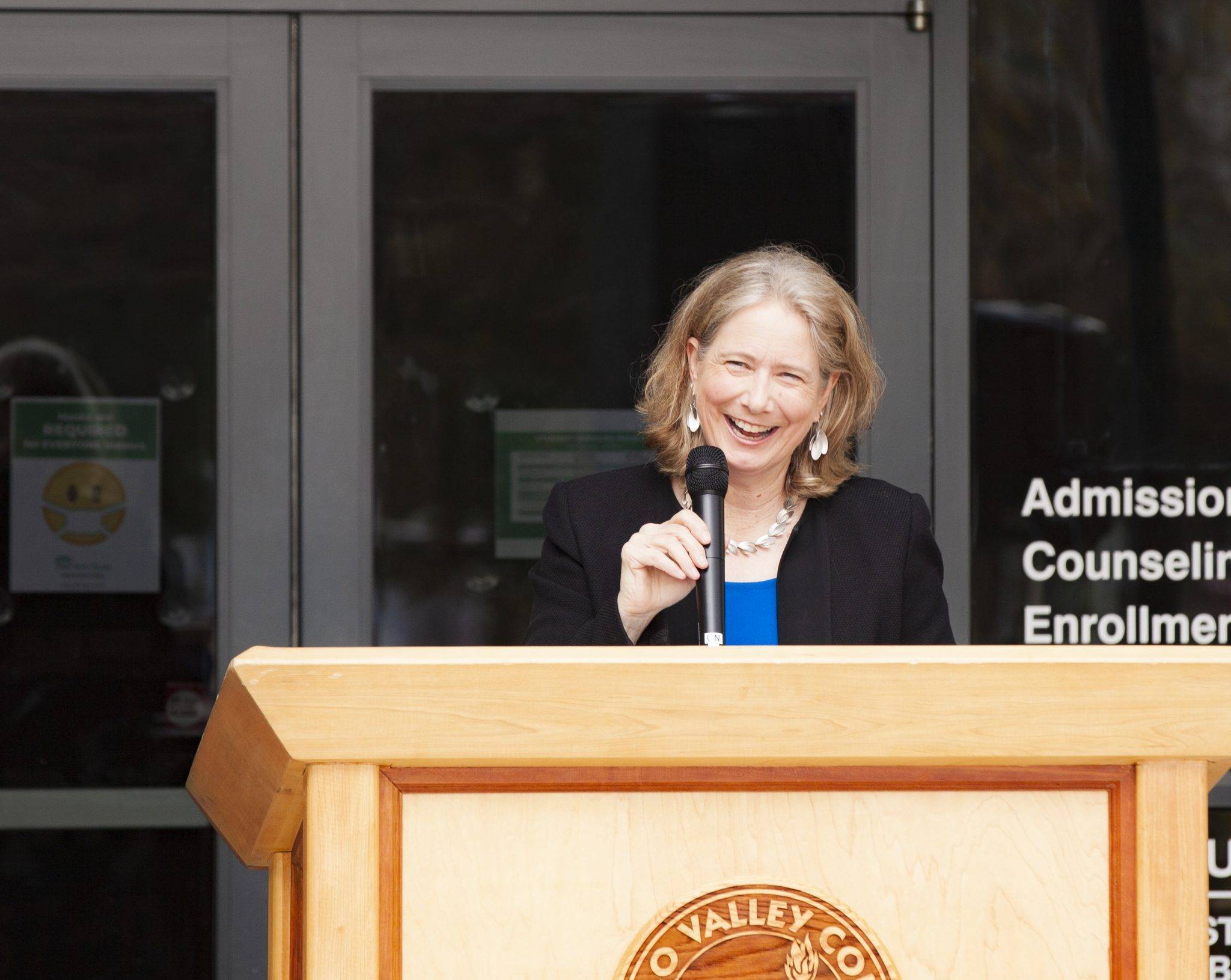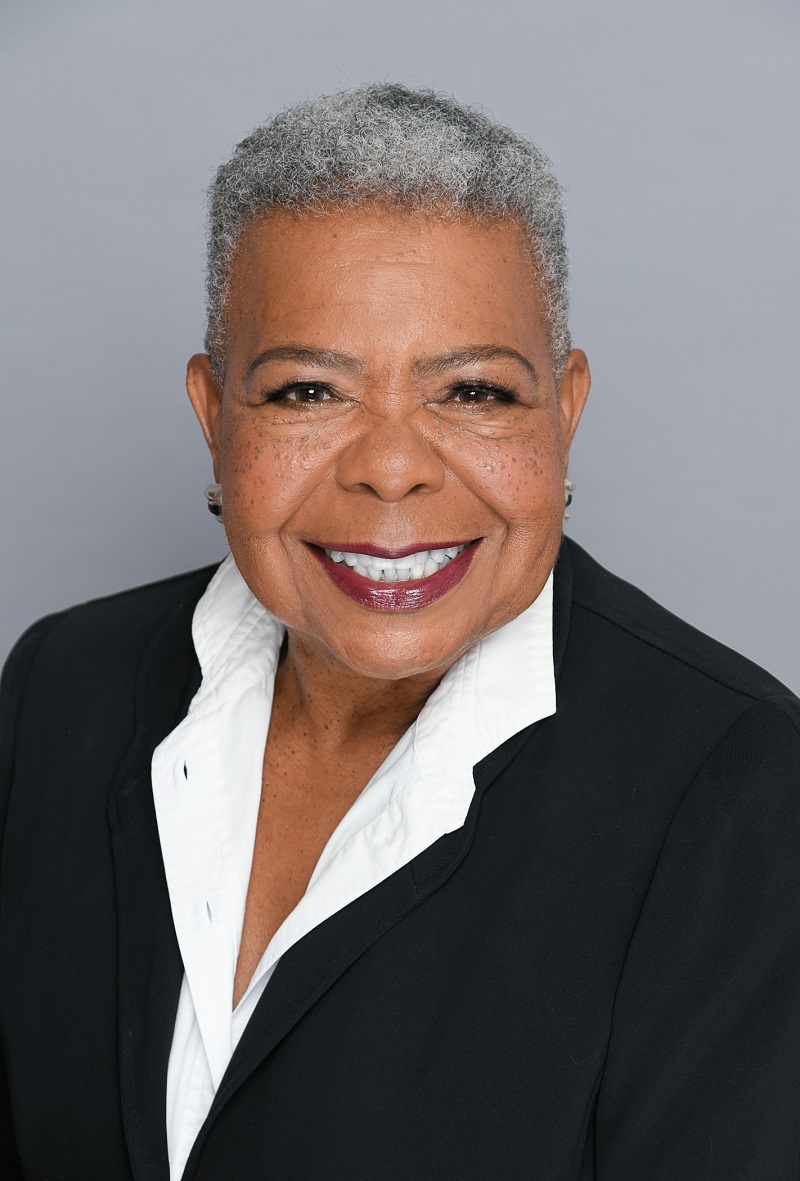Celebrating Title IX - 37 Words that Changed America
Nov 22, 2022

In this edition of DVC Magazine, we celebrate and honor the 50th anniversary of the landmark federal legislation referred to as Title IX.
According to the U.S. Department of Education Office for Civil Rights website, Title IX states, “No person in the United States shall, on the basis of sex, be excluded from participation in, be denied the benefits of, or be subjected to discrimination under any education program or activity receiving Federal financial assistance.”
Institutions that receive Department of Education funds must operate their educational programs and activities free from discrimination based on sex, including sexual orientation and gender identity.
DVC President Susan Lamb understands the significance of this legislation, and how it has affected generations of students.
 “Title IX came into existence as I was about to enter high school, so my generation
was one of the first to benefit from it. Title IX meant that I had similar opportunities
as my male counterparts in both sports and academics while I was in high school. It
also meant that there were scholarships available for me to go to college in disciplines
and majors where women were not usually represented,” said Lamb.
“Title IX came into existence as I was about to enter high school, so my generation
was one of the first to benefit from it. Title IX meant that I had similar opportunities
as my male counterparts in both sports and academics while I was in high school. It
also meant that there were scholarships available for me to go to college in disciplines
and majors where women were not usually represented,” said Lamb.
The impact of Title IX was both immediate and long-lasting.
“I believe many students today may not know what Title IX is because it has always existed during their lifetime. But especially in the early days of Title IX, many women, including myself, saw it as a way to gain equality.
“Many of my friends were socioeconomically disadvantaged and saw that equality in athletics and the available scholarships were an opportunity to access higher education,” said Lamb.
Historically, educational institutions were not very supportive of students interested in careers not traditional for their gender. Olivia Herriford, project director for Bay Area Community College Consortium, experienced these challenges first-hand.
 “I grew up in a low-income community, in a single-parent household. As Black female
high school students interested in science, technology, engineering and math (STEM)
still experience, I had a white counselor that tried to discourage me.
“I grew up in a low-income community, in a single-parent household. As Black female
high school students interested in science, technology, engineering and math (STEM)
still experience, I had a white counselor that tried to discourage me.
“Women were seldom encouraged to pursue tech careers. The culture and environment at the small engineering college I attended was hostile, but I give credit to that experience as preparation for the tech work environment,” said Herriford.
Herriford earned her computer science degree only a decade after the Black women of the film Hidden Figures made history. After working for many years as a management consultant specializing in technology planning and implementation, Herriford transitioned to working in academia.
“I began working in community college career education and workforce development in 2010. Without equity, achieving student and workforce diversity is still a challenge. Different people need distinct types of support, training, and services to persist toward their education, career, and life goals. This realization is an important outcome from the implementation of Title IX,” said Herriford.
Since Title IX was implemented, generations of students have benefited, but there is much work still to be done.
“Here at DVC, we are recognizing that we need to meet students where they are and provide scaffolding and support services to facilitate the learning process leading to greater student success,” said Lamb.
Lamb thinks that one of the many successes of Title IX is the doors that have been opened to educational opportunities for students of all backgrounds and genders. She believes that students should look at all their career options, and make a decision based on their individual interests.
“At this point, we still have careers that are “traditional” based on gender, race, and many other factors. The real hope is to develop inclusive career environments where everyone can feel valued and seen, and believe that they can be successful, regardless of their difference in gender, race, religion, ethnicity, etc. We need this shift to occur because diversity spurs innovation and creativity within our organizations, our country, and our global community,” said Lamb.





